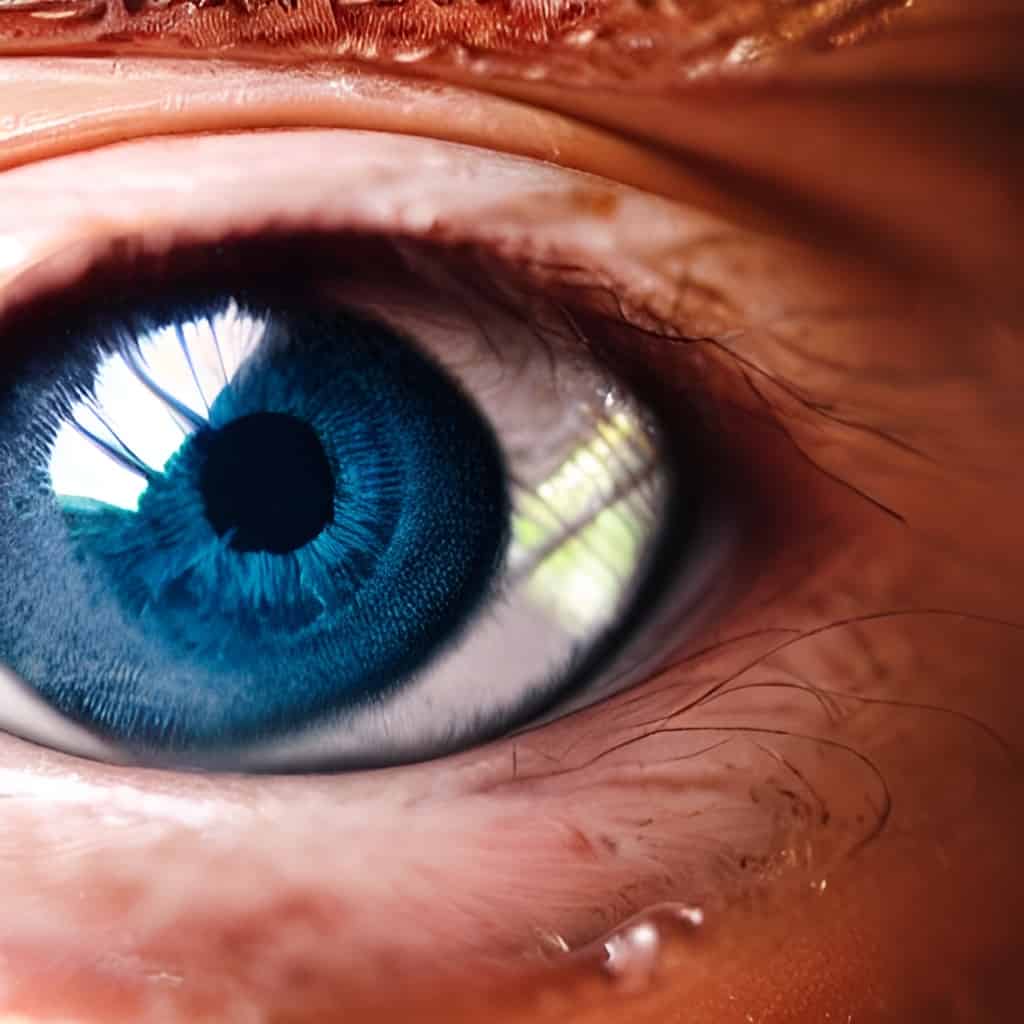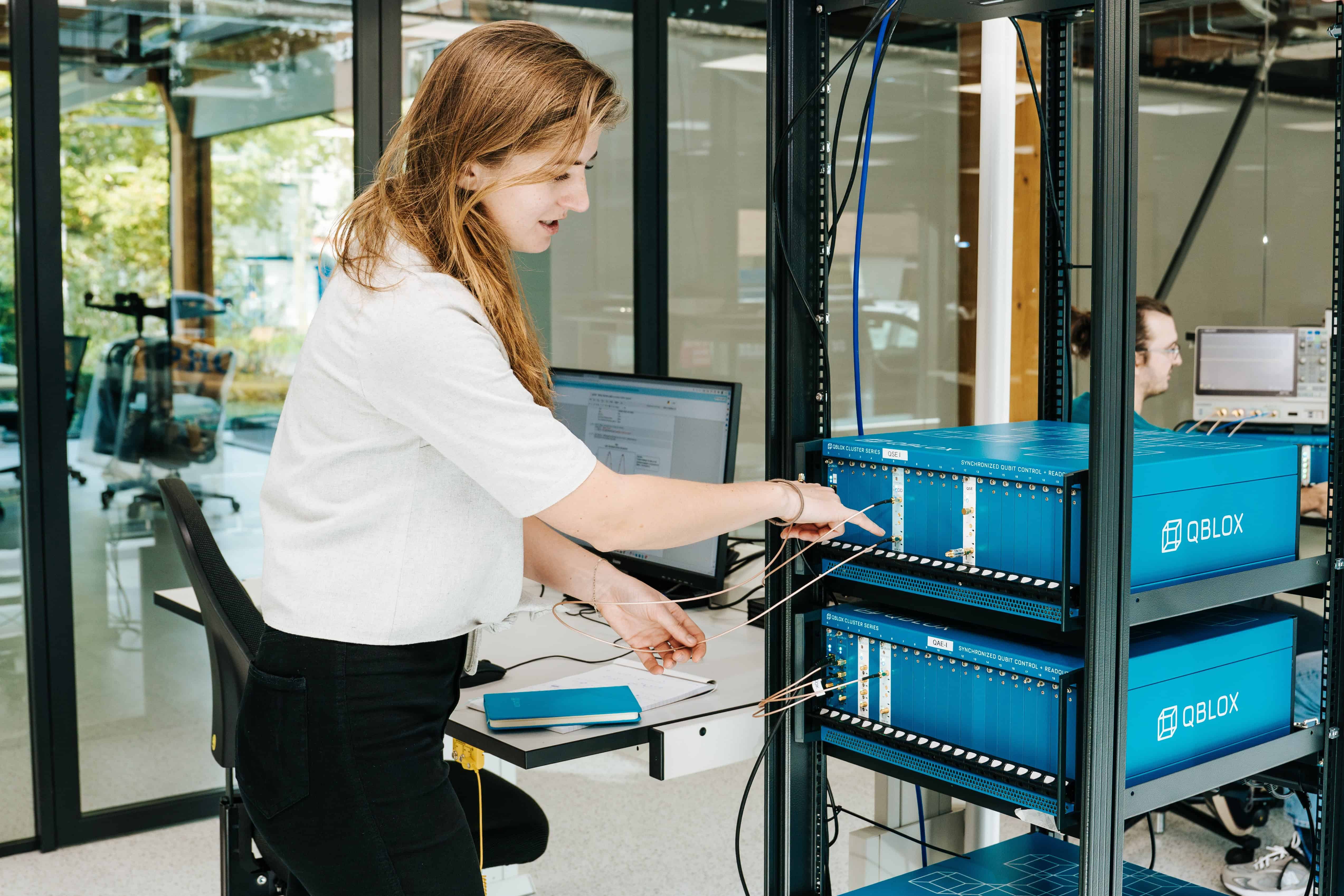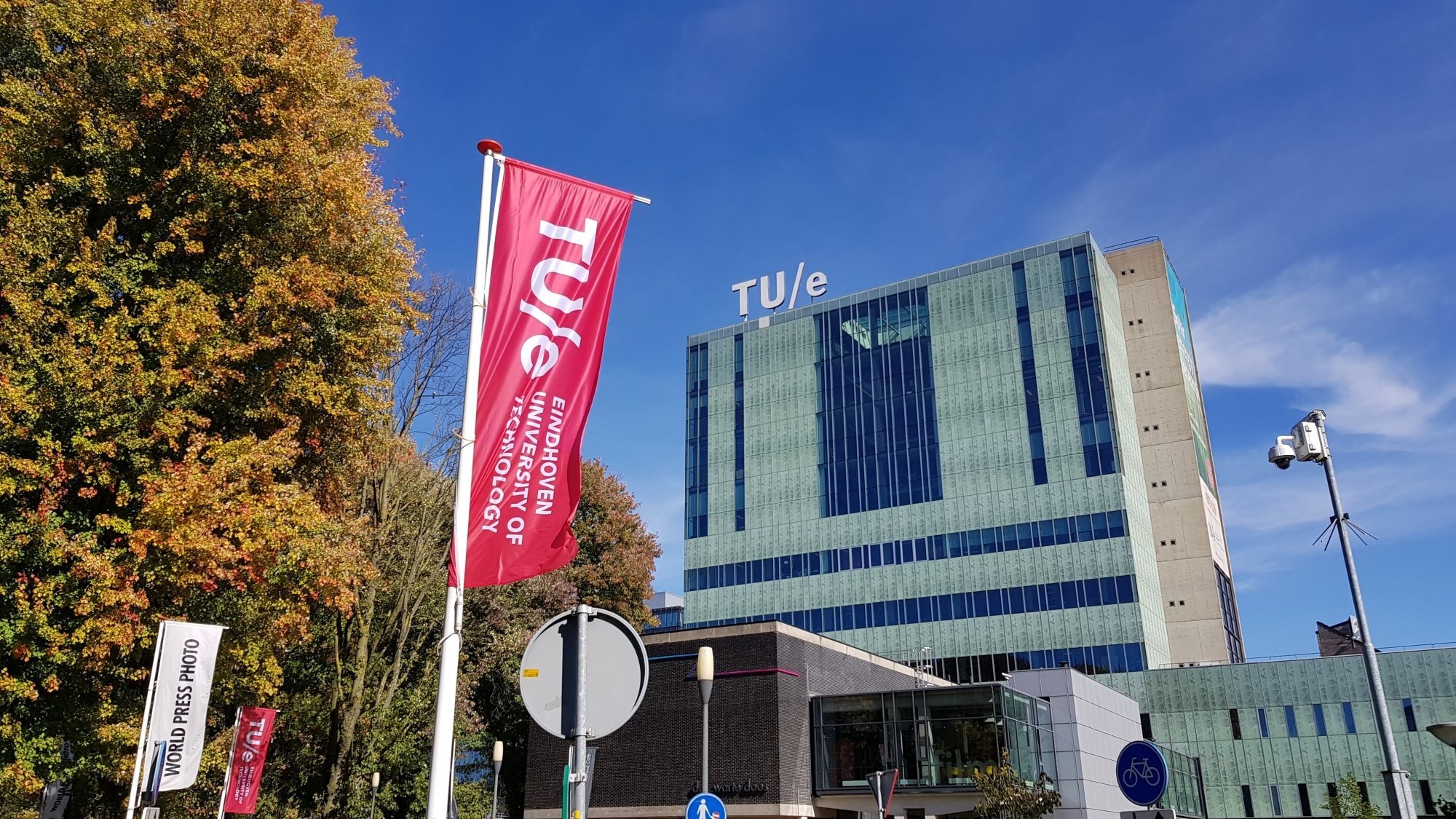
Researchers of the Paul Scherrer Institute have unveiled the earliest molecular events in vision, specifically the activation of rhodopsin, a light-sensitive protein crucial for sight. Rhodopsin, found in the retina’s rod cells, converts light into electrical signals for the brain. Retinal, a vitamin A derivative, acts as the ‘master switch’ for rhodopsin activation. Using ultrafast, time-resolved crystallography experiments, Gruhl et al.’s study in Nature delves into the molecular mechanism of rhodopsin activation. The research sheds light on the structural changes in retinal during activation, providing a deeper understanding of the early molecular events in vision. SwissFEL X-ray free-electron laser was used to capture the rapid transformation of retinal, which occurs in a picosecond (10^-12 second).
Understanding the eye’s complex functionality is vital to comprehending how humans perceive their environment. This article will answer several questions related to the eye’s working mechanism, such as how the eye focuses, how it sees one image, and its evolutionary origins.
Step-by-step: the eye’s functionality
The process of vision begins with light entering the eye through the cornea, passing through the pupil, which is controlled by the iris. The lens then focuses the light onto the retina, where photoreceptor cells called rods and cones detect the light. Rods are responsible for night vision, whereas cones are essential for bright light and colour vision. The rhodopsin protein, found in rod photoreceptors, enables pigmentation in low-light environments (scotopic vision), but is not involved in colour visualization.
When light hits the retina, the rhodopsin protein interacts with retinal, a derivative of vitamin A, absorbing energy and changing its three-dimensional form. This interaction sets off a cascade of reactions that eventually lead to light perception. These processes occur rapidly, with retinal transformation taking place in a picosecond (10^-12 second).
Further processing the image
The eyes focus by adjusting the shape of the lens to correctly direct light onto the retina. This process, known as accommodation, is controlled by ciliary muscles. The lens flattens to focus on distant objects and thickens for close objects. The pupil’s size also adjusts to control the amount of light entering the eye and maintain optimal vision.
The brain combines input from both eyes to create a single, unified perception. This process, called binocular vision, enables depth perception and three-dimensional vision. The left and right eyes perceive slightly different images due to their different angles, and the brain combines these images to create a single, three-dimensional image.
Images projected onto the retina are upside down and reversed. The brain processes and corrects the orientation of these images, enabling humans to perceive their environment accurately. The left and right visual fields are swapped, with information from the left visual field reaching the right side of the brain and vice versa. The brain reassembles this information, creating an accurate perception of the environment.
Evolution and Origins of the Human Eye
The human eye has evolved over millions of years through a complex process. Ancestor organisms possessed light-sensitive cells that, over time, developed into more specialized structures such as simple eyespots, pinhole eyes, compound eyes, and camera-type eyes seen in humans. Natural selection favoured improved vision, providing a survival advantage to organisms with better sight.







